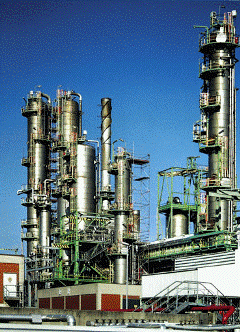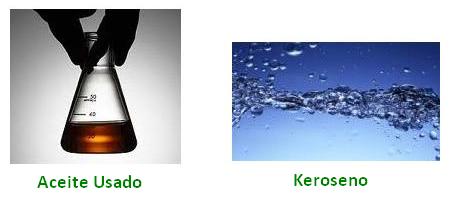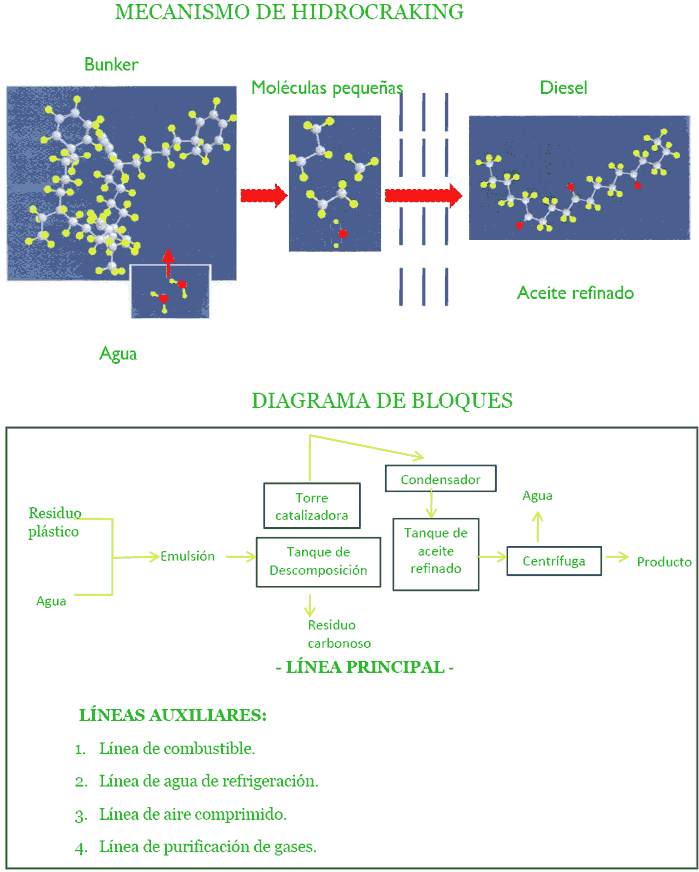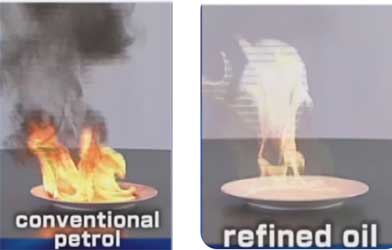Hidrocracking Process
Chemical compounds are combinations of chemical elements. Each compound has also its own unique frequency and waveforms. This process is presented as a unique refining system that controls the natural frequency and waveform of the compound by using a catalyst. Heavy oil and waste plastic, for example, consist of a massive number of Carbon and Hydrogen atoms. These compounds can be broken down into smaller molecules with the elasticity of the quantum waves and the magnetic spin. For instance, if these smaller molecules are passed through a catalyst having the frequency and waveform of light oil, light oil can be formed.

This remarkable technique decomposes heavy compounds into lighter molecules and assembles them in the preferred compound. The raw material that can be used in the process is very varied: waste oil, used mineral oil, vegetable oil, crude, bunker C, waste plastic (PE, PP, PS), etc.
Depending on the product you want to get, (gasoline, diesel, jet fuel, kerosene) the design of the catalytic mould, to be used in the process, is made.
RAW MATERIALS ADMITTED IN THE PROCESS
Waste oil
Used mineral oil
Vegetal oil
Plastic waste (PP, PE, PS)
Bunker C
Crude oil
In this process, the raw material is injected, water is added and the heating is carried out. The gas generated in the decomposition tank is sent to a catalyst tower so that the decomposition of its molecular level and its hydrogenation can be made. The system is designed for high speed processing as the treatment process is rapidly completed. Then it goes through a second catalytic mould and it is synthesized into other compounds, depending on the frequency and the waveform information in the catalyst. The synthesized product is cooled in a condenser and then stored in the end product storage tank.

The obtained product contains less sulphur and generates less nitrogen oxide when burned. With this process it is obtained, therefore, a high quality and low polluting oil.

Advantages of the Hidrocracking Process
- Oil refinement is completed rapidly and achieving high production efficiency.
- The refinement process can operate at a low temperature and atmospheric pressure to get a safe and cost-effective refinement.
- Unlike the traditional cracking based refinement system, the plant is simple and compact, reducing both construction costs and running costs.
- From Bunker C and without noticeable loss, the system gets lighter oil as gasoline, light oil and kerosene.
- The refined oil contains little sulphur and the nitrogen oxide emissions are greatly reduced, so there is no need for air-pollution countermeasures.
- The system can refine vegetable and mineral waste oil, and waste plastics into high-quality fuel oil.

